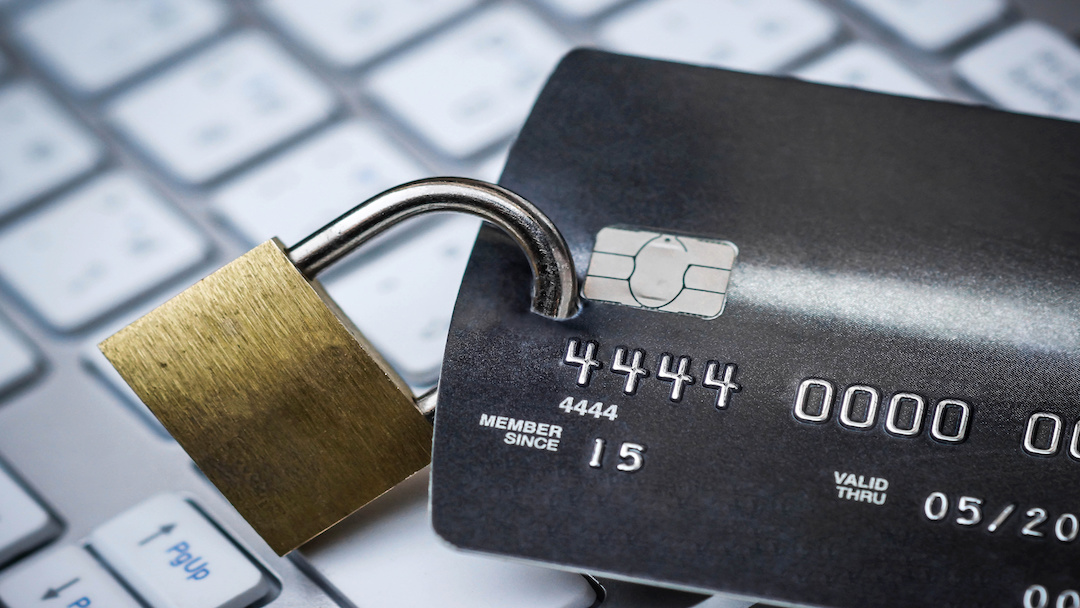
How eRetailers Can Serve their Customers This Holiday Season Without Putting their Security at Risk
By Ievgen Kustorovskyi, Head of Magento Technology, Ciklum
By 2021, e-commerce is expected to reach 17.5 percent of global retail sales. With online shopping leading the way as one of the internet’s most popular activities. To consistently attract and retain customers, many businesses offer comprehensive e-commerce solutions that are personalized, intuitive and painless. This trend has become important in fueling the growth of online retailing.
The rise in online shopping, however, also poses risks for millions of customers who rely on access and ease. As we approach the holiday shopping season, many retailers may ask themselves, ‘how can we best serve the demand of accessibility without putting our customers and our company at risk?’ It is up to retailers to do everything they can to protect their customers’ data privacy, however, it’s not always such an easy task.
Due to the massive amounts of credit card information they possess, retail companies and organizations are by far one of the most appealing targets for data theft. With this, tools that allow IT departments or even outside vendors to remotely access and fix controlled and uncontrolled systems are imperative in retail, but it’s also what makes the retail industry the most vulnerable. Hackers are constantly looking to exploit unrestricted remote access tactics that turn them from outside intruders to privileged insiders, allowing them access to pertinent data and systems.
To mitigate risks, here are four solutions companies should consider and explore:
Leverage a third-party service to provide external assistance and advice
If this type of pain point exists in your organization, you may be able to engage your web development company for maintenance tasks. Software management companies can ensure that websites stay up to date with software and service updates along with added security. If your original web developer does not offer this type of service, other development companies may be able to step in to provide outsourced support. Depending on your budget and the level of security your website needs, a monthly fee for security upkeep may end up being a small price to pay compared to the cost of a cyberattack.
Implement tokenization, multi-factor authentication and data-centric encryption
Two-factor authentication takes password protection to the next level by attaching your account to one of your devices. These security measures will allow you to protect sensitive data and simultaneously sustain usability. Companies that provide this service for their customers create an additional obstacle to hackers. Even if a hacker manages to guess your username and password, two-factor authentication would require a code that would appear only on your mobile phone.
Upgrade Input Fields with Form Validation or CAPTCHA
If your website has input fields where visitors can write comments, sign up for an email newsletter or otherwise contribute, you may be vulnerable to hackers. Input fields create an opportunity for hackers to inject harmful code where most people would type harmless text.
The ramifications for this type of attack range from accessing sensitive information (such as financial details) to erasing the databases your website needs to operate. The time it takes to secure and rebuild your website could translate to major losses.
To protect your website from this type of attack, you can install form validation that will reject harmful code. Another commonly implemented solution is CAPTCHA (Completely Automated Public Turing test to tell Computers and Humans Apart) that use questions about identifying pictures or characters to help distinguish human users from bots that may be used to attack your website.
Securing your input fields will take you one step closer to creating a website that is less vulnerable to attacks.
Cultivate a culture that prioritizes cybersecurity
Constantly emphasize that data security is everyone’s responsibility at all levels of the organization as a minor violation can cause serious consequences for your entire team. Securing your input fields will take you one step closer to creating a website that is less vulnerable to attacks.
There are many additional steps toward greater website security to explore. But if the thought of overhauling your security practices seems overwhelming, these four steps may provide a starting point toward a safer website and a stronger business.
Contributed by Ievgen Kustorovskyi, Head of Magento Technology, Ciklum.














